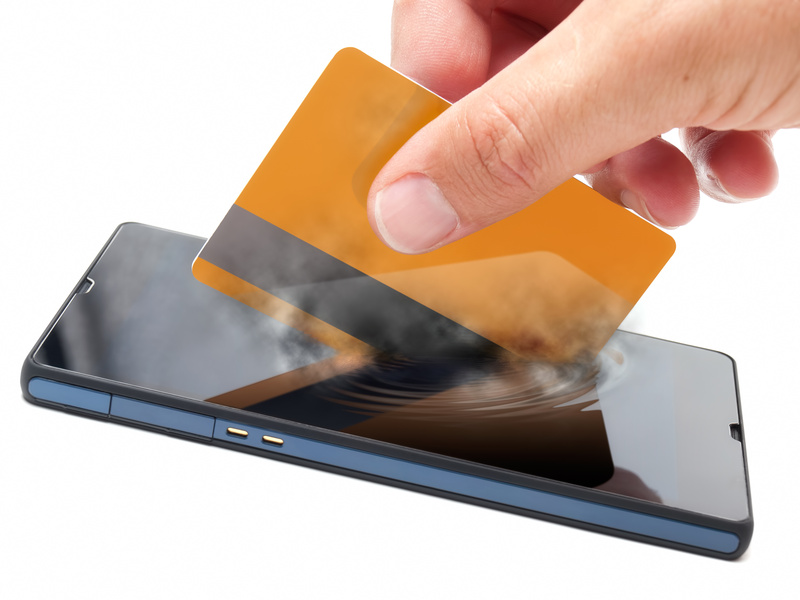Why Mobile Payments Could Render Your Credit Cards Useless
 The goal of most technology is the same — efficiency. People want to be able get what they have to get done faster, easier, and cheaper. The same applies to retailers and restaurant owners, who often look for point-of-sale (POS) solutions that increase profitablity.
The goal of most technology is the same — efficiency. People want to be able get what they have to get done faster, easier, and cheaper. The same applies to retailers and restaurant owners, who often look for point-of-sale (POS) solutions that increase profitablity.
One POS solution that has emerged from this need is mobile payments. This essentially means that a customer does not need to pull out their credit or debit cards, and can use their phone to pay for the clothes they buy or the food they order. About 50 restaurants in Canada, and several others in the United States, the U.K. and Australia have implemented this mobile POS solution to increase productivity.
The move toward mobile payments started with mobile POS devices that could be swiped for payment, much like the add-on that Square created for the iPad. An iPad POS system for restaurants makes it possible for waitstaff to take orders on the mobile device, and then have a customer swipe their payment card on a card reader that attaches to the iPad. This was one step in the direction of greater convenience, and reduced paper waste, as well, since the receipt could be emailed to the customer.
Mobile payments takes this a step further. A mobile device eliminates the need for a large iPad and bulky equipment, and customers can pay their bill with a few taps on their phone. This has recently been implemented in several Starbucks locations throughout the country, and other food chains, such as Burger King, Wendy’s, and Subway are set to release their own apps that allow customers to pay from their mobile device. Starbucks Corp. claims that 14% of all their sales have been through mobile payments in the last year.
The other advantage of these devices is that they are often more secure. Many retailers install affordable POS software on their devices that have to meet particular safety guidelines, and also must ensure that their system is compatible with the software. The software also has to comply with Payment Card Industry standards that apply to any POS system. The retailer’s system must also have an encrypted wireless system that allows for sensitive data to be communicated and transferred from one mobile device to another. The customer’s device should additionally be able to interface with the retailer’s mobile POS system.
With the increased efficiency and practicality of these POS systems, mobile POS for restaurants and retailers could become the trend. After all, as long as any system provides shortcuts, less complicated processes, and saves money, both retailers and customers will always be on it in a heartbeat.
Comments are closed